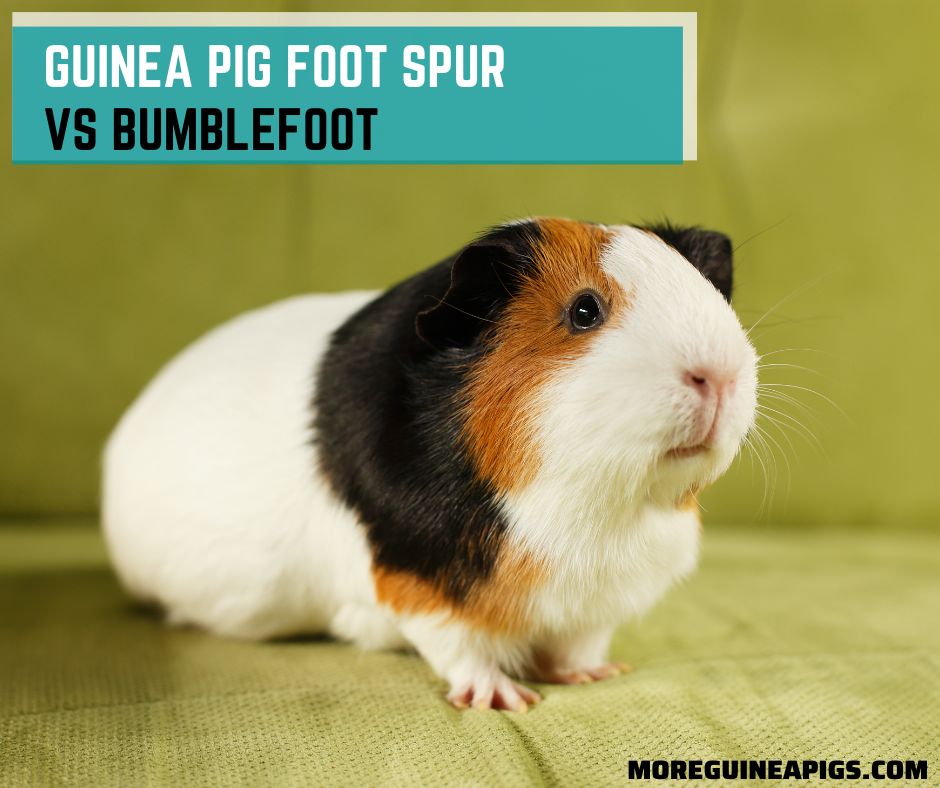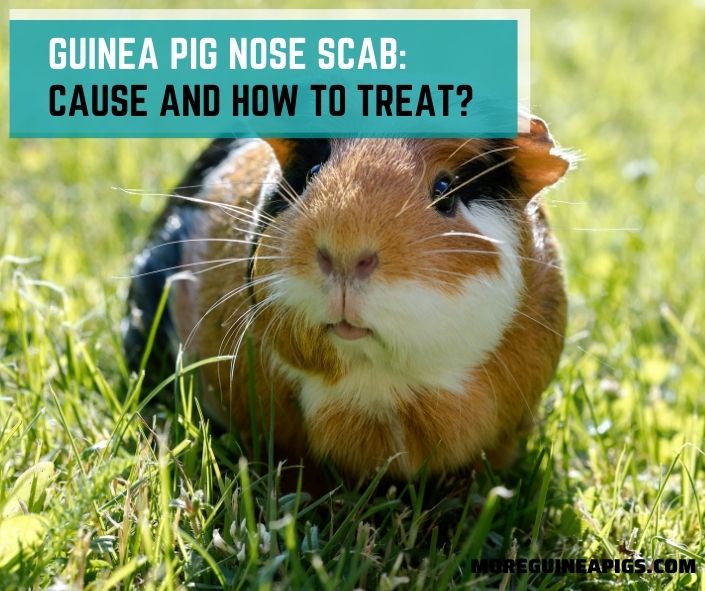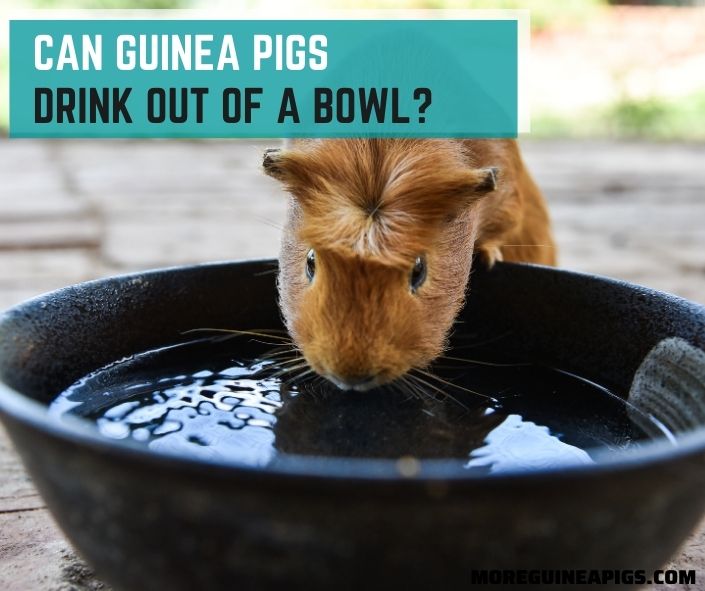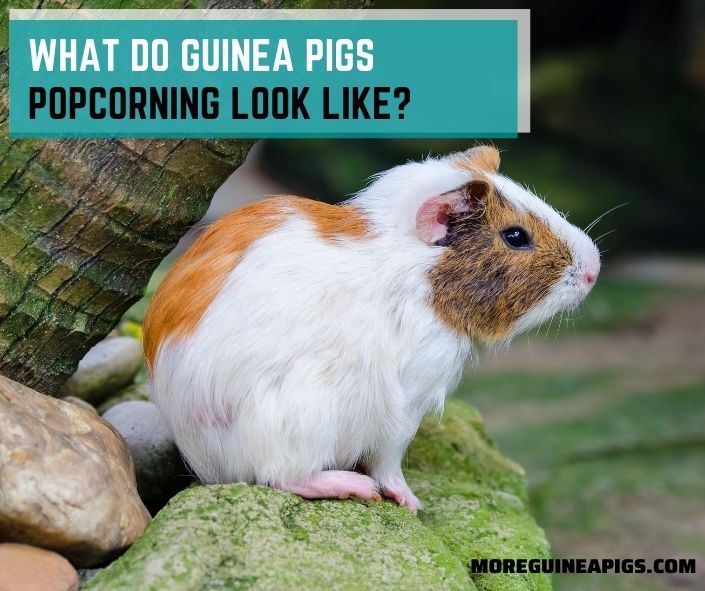Guinea Pig Foot Spur Vs. Bumblefoot
Generally, guinea pigs are born with four toes on their front feet, while their hind feet have three toes. A fascinating thing about them is that their nails grow continuously.
Furthermore, guinea pigs have a soft footpad, and it is recommended to check it regularly for any injury or swelling.
Guinea pigs can encounter a wide range of foot problems that can affect their daily activities. Two of the common foot problems they can encounter are foot spur and bumblefoot.
As a new guinea pig owner, you may even mistake these two health issues for each other.
This is why we came up with this article to provide everything you need to know about foot spur and bumblefoot, their symptoms, ways of treating and preventing them.
Guinea Pig Foot Spur Vs. Bumblefoot

Guinea pig foot spur is a health problem where your guinea pigs develop flaps of tough and rougher skin protruding from their front feet.
The tougher outgrowths usually have a dry and crusty surface, and it grows like a fingernail from your guinea pig foot’s undersurface.
A guinea pig foot spur is usually caused by the overgrown nails and dead tissue on your guinea pig foot.
On the other hand, pododermatitis, also known as bumblefoot, is an infection or fatal ulceration of your guinea pig’s feet.
A bacterial called Staphylococcus aureus usually causes this, and you can detect this if your guinea pig’s foot pad develops sores that become inflamed or overgrown.
Bumblefoot is a more dangerous health problem than spurs. It can become a severe problem and may lead to your guinea pig’s leg amputation if it is not detected early.
Guinea Pig Foot Spur
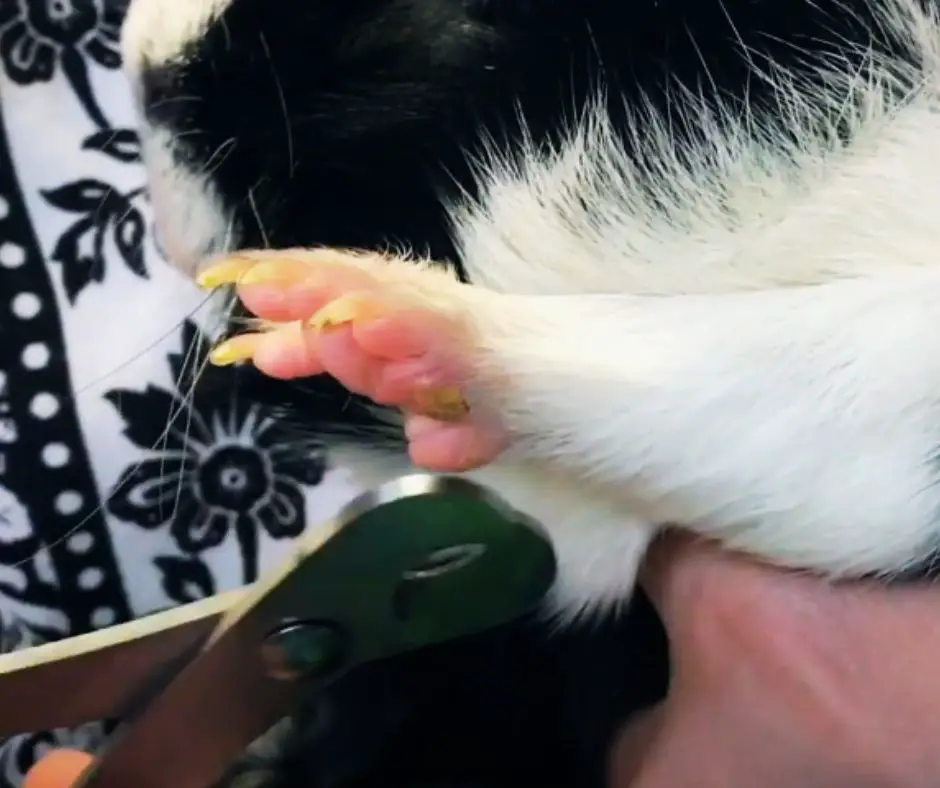
Guinea pig foot spur is a common health problem in cavies characterized by flaps of tough skin protruding from their front feet.
These outgrowths are usually tougher, and they have a dry and crusty surface that looks like fingernails from the undersurface of their feet.
What Causes Spurs On Guinea Pig Feet?
Several reasons that cause guinea pig foot spur. The main cause of this health condition is a genetic or hereditary transmission of foot spur in a guinea pig. Some of the other causes of guinea pig foot spur are:
- Lack of care by the owner
- Lack of exercise and activity in their cage
- Your guinea pig’s cage is not properly cleaned
How Do You Get Rid of Guinea Pig’s Foot Spurs?
Although guinea pig foot spurs can be quite strange to new owners, they are relatively harmless and easily removed. You can remove them using nail scissors or clippers. All you have to do is trim the spurs from your guinea pig.
However, if you are afraid that you might hurt your piggies, you can take them to the vet.
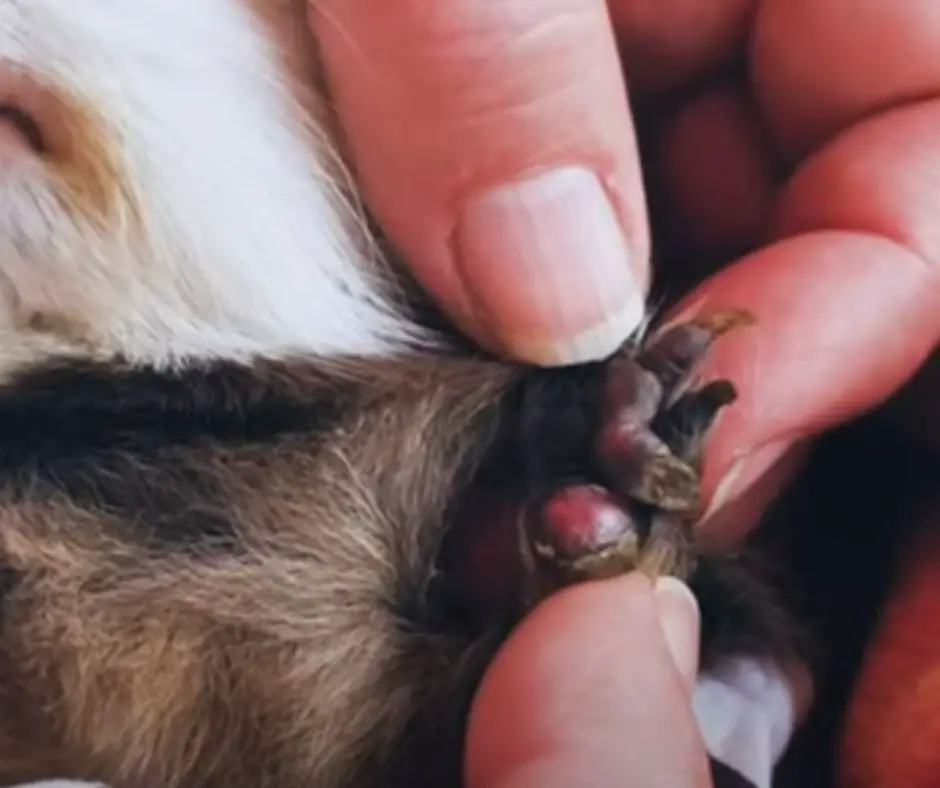
What Happens If Spurs Continue To Develop?
As stated before, guinea pig foot spurs are not harmful to your guinea pig and will even fall off themselves. However, they can affect your guinea pig’s walking if you allow it to grow long and curly.
Furthermore, your guinea pig foot spur can get torn if it gets caught over the surface of straw bedding and cage wire. This can then lead to cuts and infections, which can be painful to your guinea pigs if not treated on time.
How to Prevent Guinea Pig Foot Spur
The exact reason why a guinea pig can get foot spurs is not well known. Some guinea pigs can develop spurs, while others will not develop spurs even when kept in the same condition. However, some of the ways that you can prevent guinea pig foot spur are:
- Ensure that you check your piggy’s paws and trim their claws regularly.
- Be on the lookout for your guinea pig’s behavior, like the way it is walking, biting its foot, or is it crying.
Guinea Pig Bumblefoot
Pododermatitis, also called bumblefoot, is a condition where a guinea pig’s foot pad develops sores that become inflamed or overgrown.
An infected foot pad looks like small tumors or calluses. You can easily notice this as the sole of the feet will become red and ulcerated.
How Do You Know If Your Guinea Pig Has A Bumblefoot?
The main sign that a guinea pig is suffering from bumblefoot is that the footpads will develop sores, become inflamed, or overgrown in a few months. Some of the other signs of bumblefoot in guinea pigs are:
- Loss of appetite because of pain
- Your guinea pig joint or tendon swells up
- Your guinea pig cannot walk normally or does not move
- Loss of hair on the affected foot

Why Your Guinea Pigs Were Bumblefoot?
Bumblefoot in guinea pigs usually occurs due to a combination of factors which then cause the feet to become sore. Some of the things that can cause bumblefoot in guinea pigs are:
- Obesity
- Lack of activity in guinea pigs as this can cause an increase in the pressure placed on the feet.
- When a guinea pig becomes ill or old
- Keeping your guinea pig in a wire bottomed cages
- Using of a hard substrate like wooden flooring as bedding
- Your guinea pig is lonely and does not move
- Inadequate space in your guinea pig’s cage to move around
- Not cleaning your guinea pig’s cage regularly
- Your guinea pig has a long claw that put more pressure on their feet
- Your guinea pig has three legs
- Your guinea pig is suffering from osteoarthritis, which makes them walk abnormally.
How Do Vets Diagnose Bumblefoot?
Before a vet can diagnose your guinea pig with bumblefoot, the vet will first need to ask for your guinea pig’s health, living conditions, diet, and when you started to notice the symptoms.
The vet can then diagnose your guinea pig by visually examining the cavy and then taking the blood and fluid samples for bacterial culture.
Although Staphylococcus aureus is the most common cause of bumblefoot, the vet will need to confirm the exact bacteria to help determine the suitable antibiotic for treatment.
How To Treat A Guinea Pig Bumblefoot
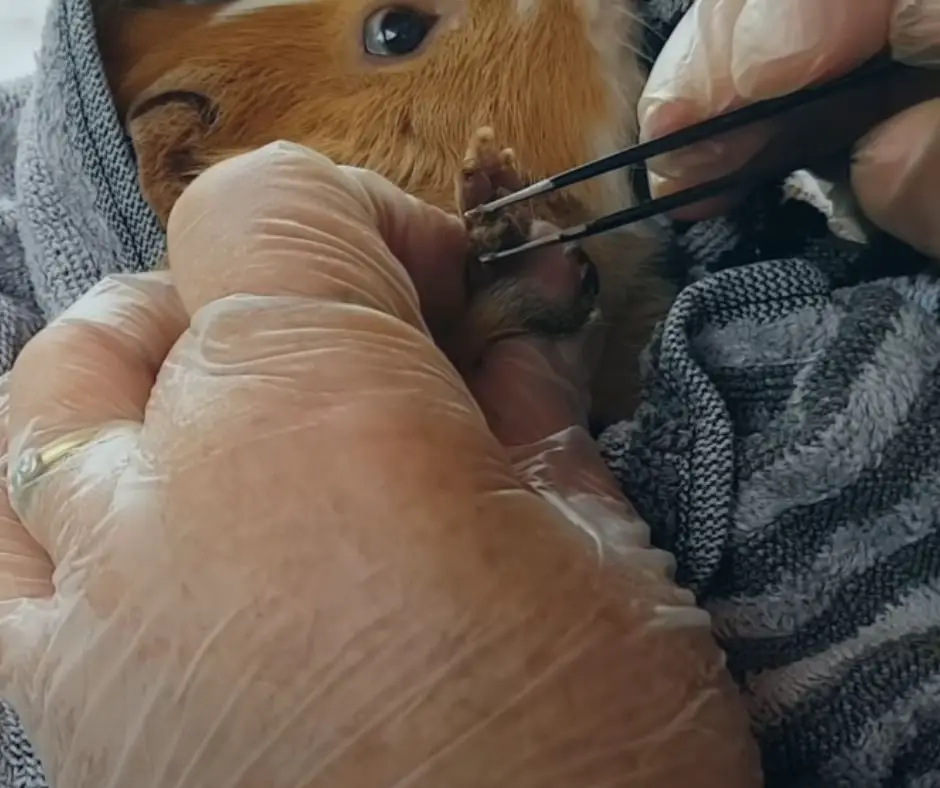
You can easily treat bumblefoot at home if you can detect it early. All you have to do is switch their cage to one with a smooth floor, change their bedding to a softer material, and improve the sanitation.
It is also recommended that you keep the cage floor dry to help ensure the foot tissue does not crack.
Your vet may also ask that you increase the amount of vitamin C in their diet if they lack it.
However, if you detect bumblefoot late, they may need the help of a vet. Your vet will help to clean the wounds, trim the overgrown nails and dead tissue, and clip the hair close to the infected areas.
The vet may also soak the feet in antibiotic solutions.
Guinea pigs may also need pain medications and oral antibiotics in severe cases. The feet may also be bandaged, and ask to add topical antibiotics regularly to help heal.
However, if there is a severe infection and your guinea pig is not responding to treatment, the vet may amputate the infected leg.
OASIS #80254 Vita Drops-Pure C for Guinea Pig, 2-Ounce
What Happens If A Guinea Pig Bumblefoot is Untreated?
It can be quite hard to treat a bumblefoot if it is left untreated. Once a bumblefoot progresses to stage 3 or 4, the vet may consider amputating or euthanizing your guinea pig.
How To Prevent Guinea Pig Bumblefoot
Although bumblefoot is a common health condition for guinea pigs, it can easily be prevented. Some of the ways to prevent a guinea pig from bumblefoot are stated below.
- Try to house your guinea pig in a cage with smooth floors like plastic, wood, or coated metal. You can also add a layer of soft bedding to help ensure your guinea pig’s feet are protected all the time.
- Clean hygiene is important when you are trying to prevent bumblefoot. Ensure you clean your guinea pig cage and remove old bedding regularly.
- Always remove wet or soiled bedding regularly if your guinea pig is not litter trained. This will help to ensure your guinea pig cage is always dry, as wet bedding can make your guinea pig feet soft, causing cracking.
- Ensure you trim your guinea pig’s nails regularly.
- Try to add more vitamin C to your guinea pig’s diet.
- Regularly check your guinea pig’s weight and put them on a diet when necessary. Putting them on a diet will help them to reduce their calories and shed excess weight.
Also read: Bumblefoot in Guinea Pigs: Signs, Causes, Treatment, and Prevention
GuineaDad Liner | Guinea Pig Fleece Cage
In Short
Although foot spur and bumblefoot may look similar, they are different health conditions that can affect your guinea pig.
However, bumblefoot can be a fatal health condition if not detected early. The best thing is that you can easily treat and prevent them.
We hope this article provides all the information you may need about foot spur and bumblefoot. You can leave any comments or questions you may have about the topic in the comment section below.
